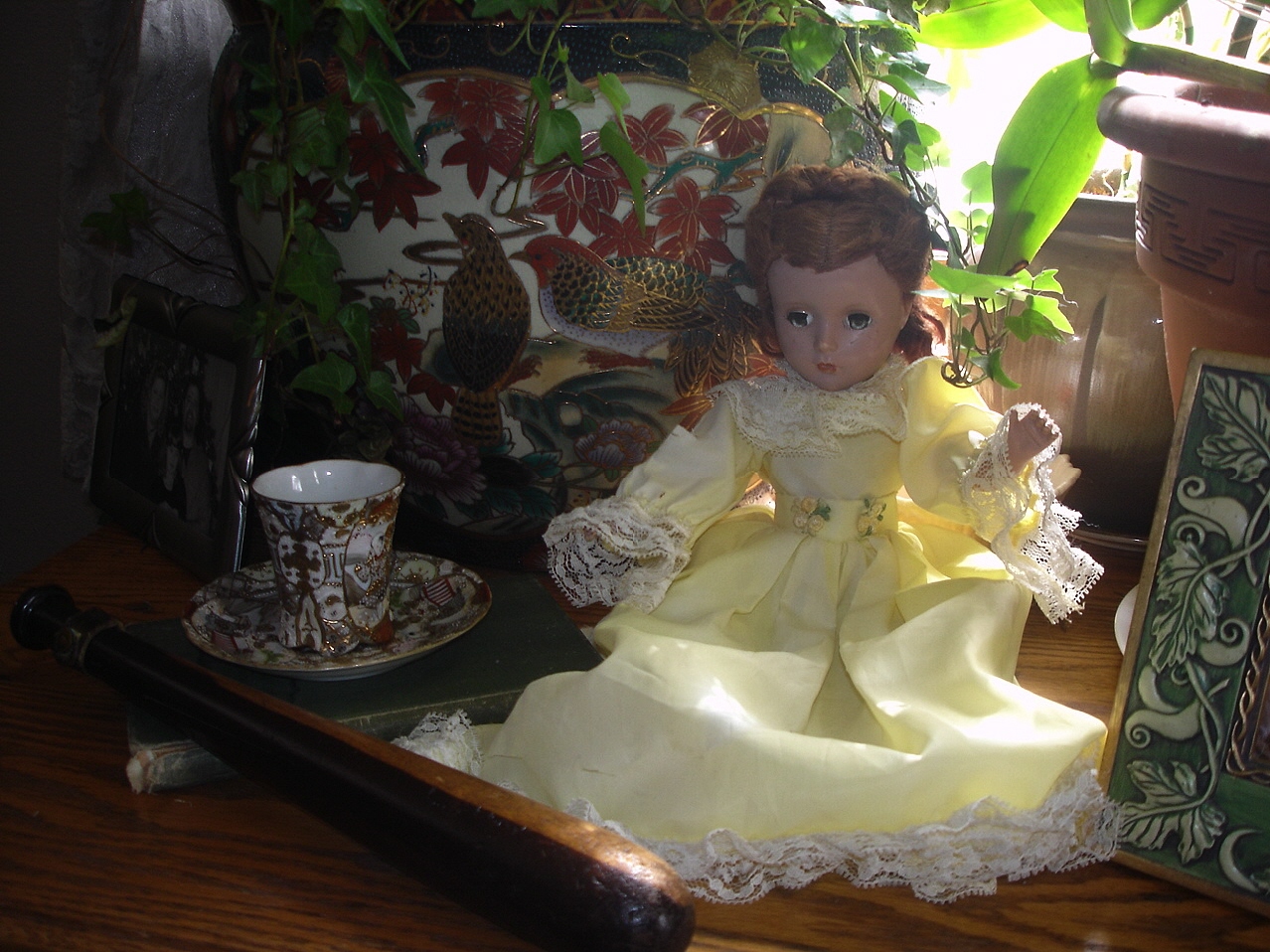 Clooz is a database for systematically organizing and storing all of the clues to your ancestry that you have been collecting over the years. This is not another genealogy program. It is an electronic filing cabinet that assists you with search and retrieval of important facts you have found during the ancestor hunt.
Clooz is a database for systematically organizing and storing all of the clues to your ancestry that you have been collecting over the years. This is not another genealogy program. It is an electronic filing cabinet that assists you with search and retrieval of important facts you have found during the ancestor hunt.
Clooz 2.0 is now in final beta testing. If you’d like to try the new version, visit www.clooz.com. This is a beta version, and therefore you should not do a lot of data entry that you don’t want to lose. It’s possible that as a result of the beta testing, the database structure may change and therefore you should just test the program rather than start doing your data entry. This beta version will expire on 15 April 2006 and you will not be able to use it after that. If you have purchased Clooz in advance of it’s release, you will be informed of where to download the final version when it’s ready. If you are trying Clooz for the first time and you like it, you can purchase from www.clooz.com


